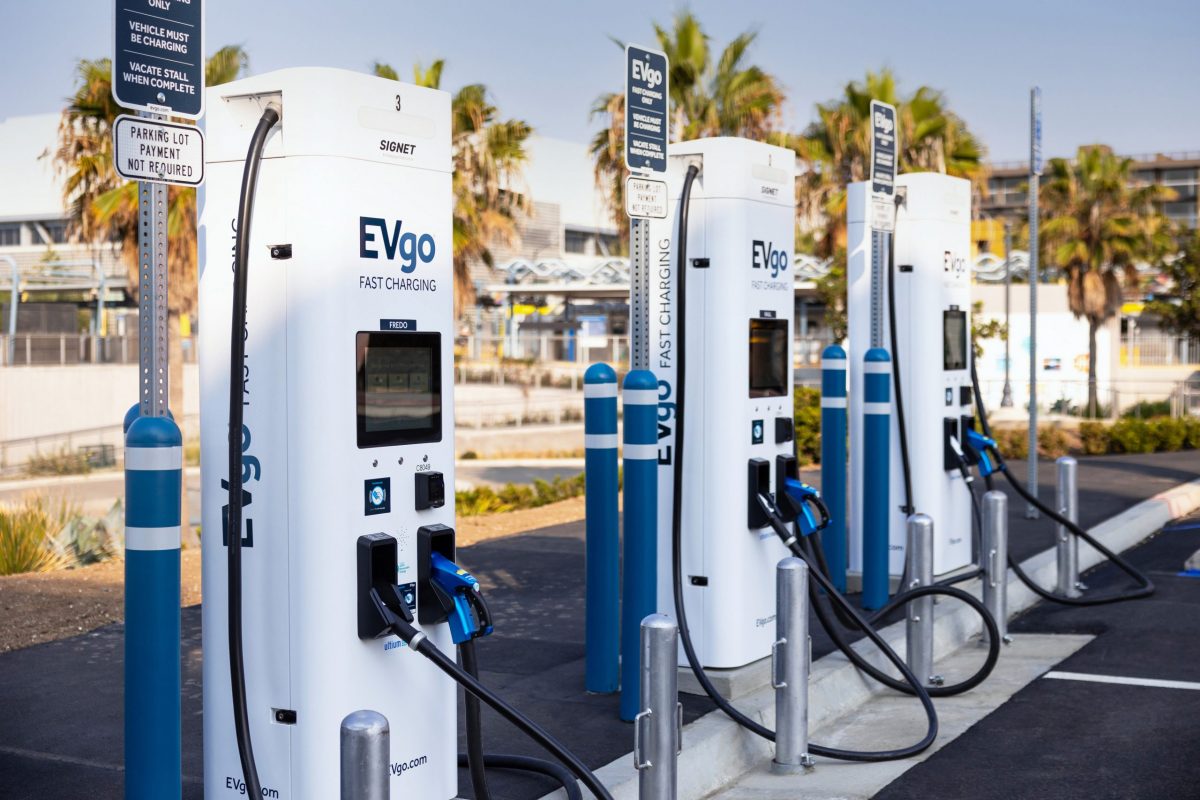Which emissions are more harmful: oxides of nitrogen (NOx) or carbon dioxide (CO2)? No-one can provide a definitive answer, because any judgment on the subject is akin to comparing apples with oranges. Nitrogen oxides are pollutants, constituting an immediate threat to human health, while CO2 is a longer-term – albeit profound – hazard, detrimentally affecting the planet’s climate.
Despite the very different types of environmental damage associated with the two emission categories, legislators are having to make judgments as to their relative importance, an issue brought into sharp focus by Euro 6 and EPA 2010 demands applied to diesel vehicles. At a time of inexorably rising fuel costs, CO2 emissions’ direct correlation with fuel consumption gives the question a further edge.
In order to minimise the negative effects on fuel economy, diesel engine specifications are being enhanced, by way of higher fuel system injection pressures and more sophisticated turbocharger configurations.
Within the European Commission and its advisory bodies, global warming remains a prime concern; and political pressure is building for a framework of greenhouse gas (GHG) – principally CO2 – limits to be set for heavy-duty vehicles. Euro 6 limits for truck and bus pollutant emissions, including most relevantly NOx, are now deemed to be finalised. But a good deal of disquiet remains among vehicle operators, as well as some manufacturers, about the adverse effects on fuel consumption of ever more severe restrictions on diesel NOx levels. To strengthen their argument, they highlight the ‘conveniently unwelcome’ effects on CO2.
In order to minimise the negative effects on fuel economy, diesel engine specifications are being enhanced, by way of higher fuel system injection pressures and more sophisticated turbocharger configurations. The tough 0.4g/kWh Euro 6 limit for NOx, in combination with the 0.01g/kWh limit for particulate matter (PM), has led to nearly all the market contenders also having to bring together the two specific deNOx technologies which were previously alternatives, namely cooled exhaust gas recirculation (EGR) and selective catalytic reduction (SCR). The name of the game has been to avoid, as far as possible, the need for injection timing retardation, because that is necessarily bad for fuel efficiency and for CO2, although it remains a technically simple and inexpensive technique for cutting NOx.
The new diesel engine complexities have meant huge R&D and manufacturing costs, feeding through to eye-watering price increases for Euro 6 trucks and buses. It is little wonder that the International Road Transport Union (IRU), representing commercial vehicle operators, is protesting to the European Commission that Euro 6 on-costs are out of all proportion to the environmental benefits, in terms of either NOx or CO2.
The new diesel engine complexities have meant huge R&D and manufacturing costs, feeding through to eye-watering price increases for Euro 6 trucks and buses.
The IRTU put forward its views forcibly at a recent international workshop on ‘Reducing greenhouse gas emissions from heavy-duty vehicles’ in Brussels, which included presentations from the US, Japan and China as well as the EU. The European Commission reported at the event that “it intends to have a heavy-duty CO2/fuel consumption methodology in place as a reporting tool by 2014”. It added that “an impact assessment and internet questionnaire are already under way”.
Many will regard such bureaucratic wording with great scepticism, as a sign that the NOx versus CO2 balancing question is, in true political fashion, being kicked into the long grass.
The opinions expressed here are those of the author and do not necessarily reflect the positions of Automotive World Ltd.
Alan Bunting has a background in engineering, and has been writing on commercial vehicle and powertrain related topics since the 1960s. He has been an Automotive World contributor since 1996.
The AutomotiveWorld.com Expert Opinion column is open to automotive industry decision makers and influencers. If you would like to contribute an Expert Opinion piece, please contact editorial@automotiveworld.com



